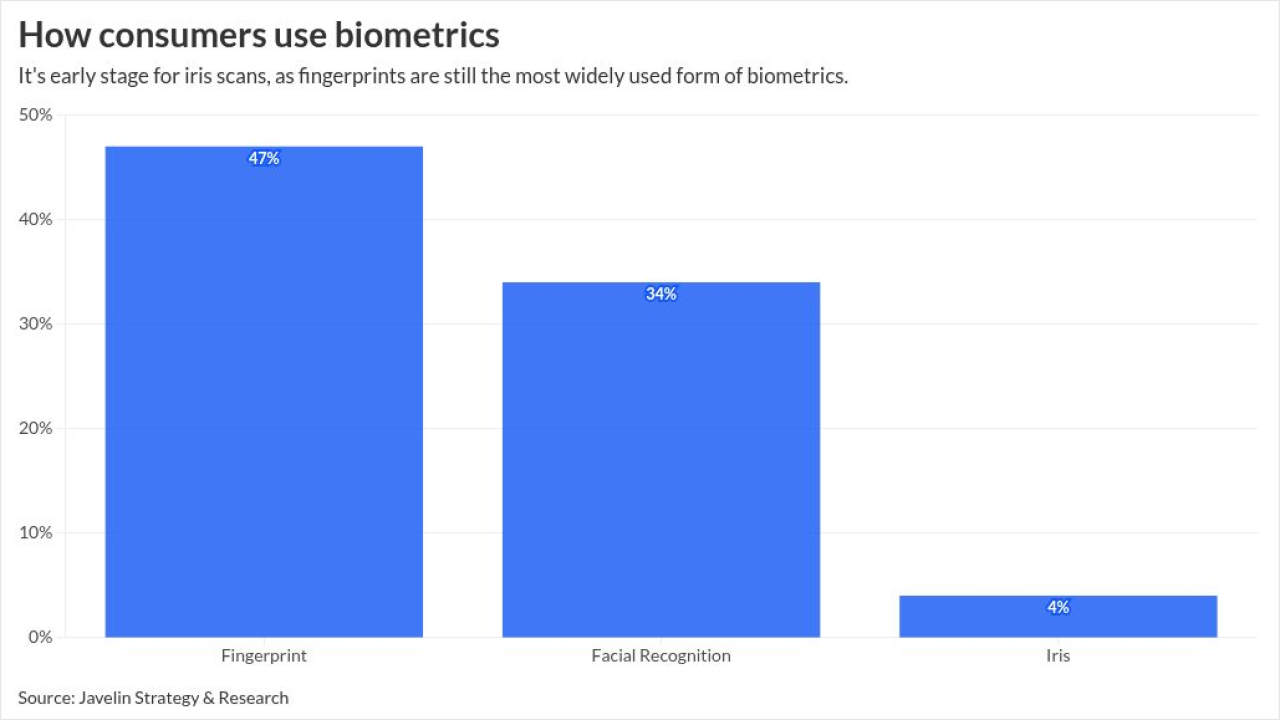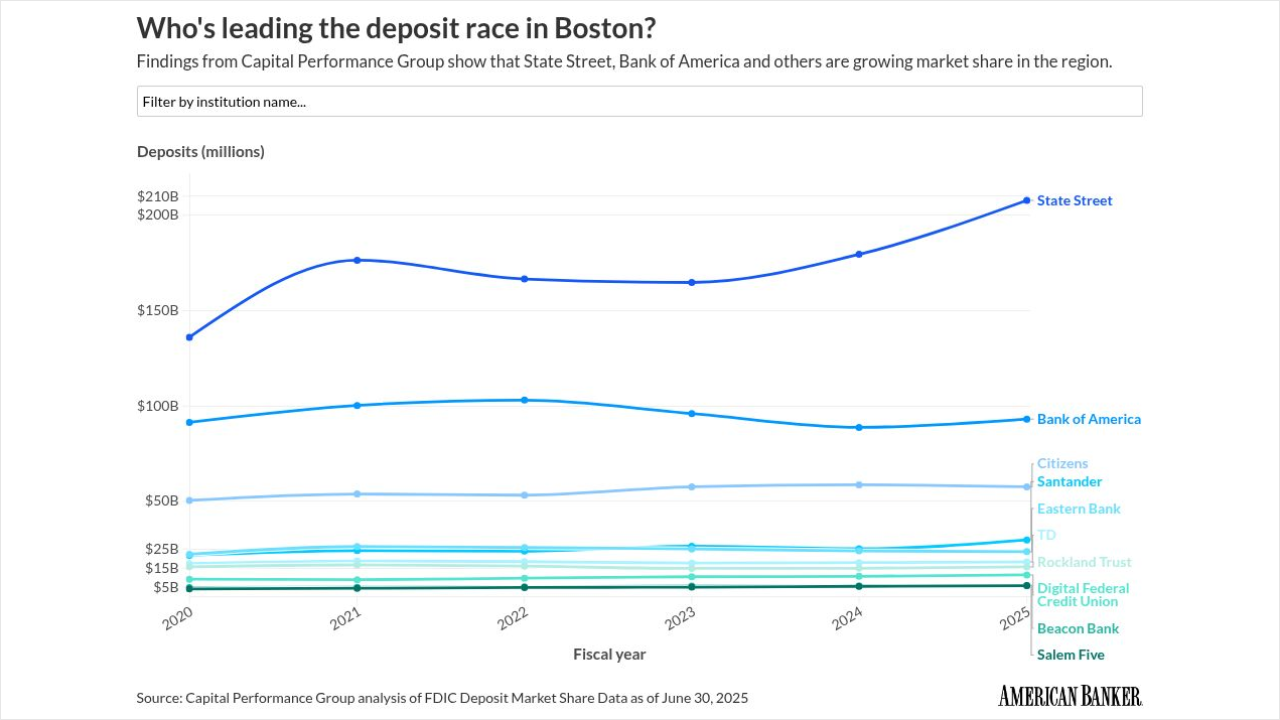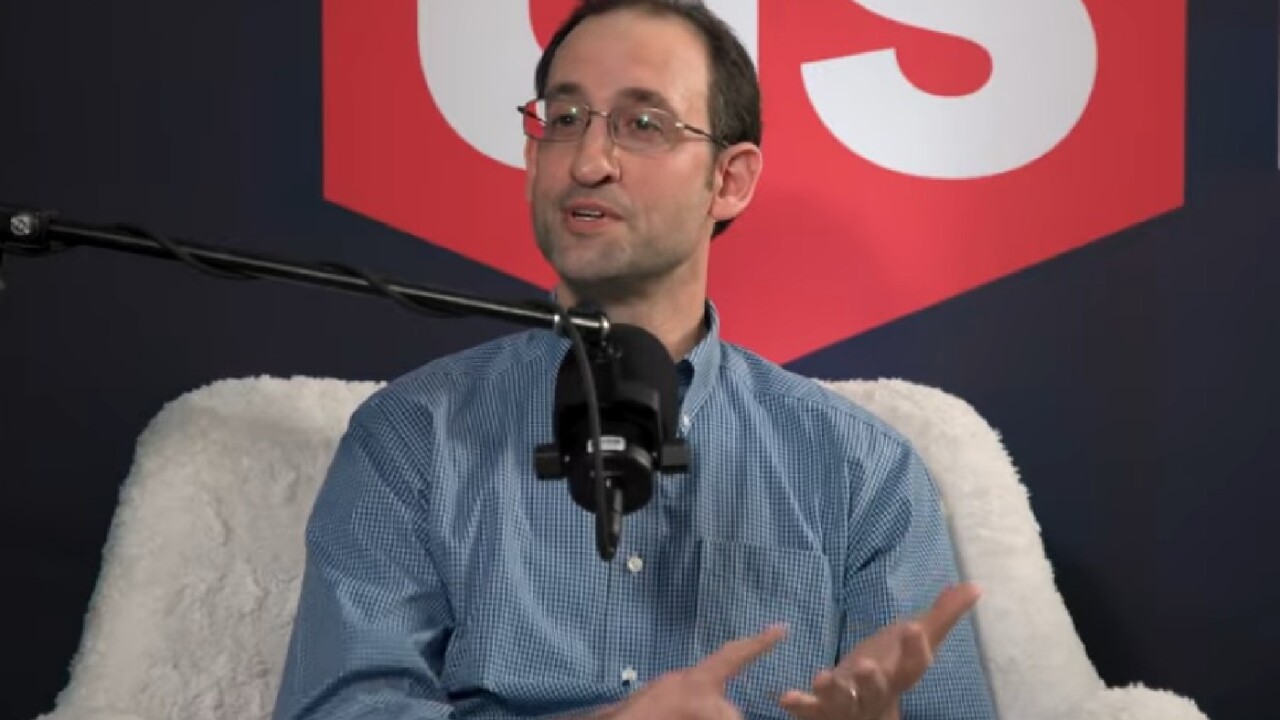Are branches dinosaurs? The evidence does not support this cocktail party proposition.
First Manhattan Consulting Group's analysis of client data reveals a startling fact: The highest-volume users of electronic channels (PC, telephone, ATM, direct deposit) are also the highest-volume users of the branch. Astute bankers and analysts are beginning to suspect that the future of the branch is not extinction but a segmented focus on sales and complex service.
The better-informed banks now understand what must be done to spur retail selling efforts, but it is not clear which of these efforts should be made within a branch setting and which should be undertaken through nonbranch channels.
What is clear, however, is that none of the sales efforts that might be undertaken in a branch will make any appreciable headway unless banks begin reengineering the branch platform in quite fundamental ways.
There are just over 56,000 commercial bank branches in the U.S. and approximately three full-time-equivalent platform employees per branch. That's about 170,000 FTE platform employees, who earn an average salary of $34,000 a year. Although U.S. banks are spending nearly $6 billion each year on platform capacity, our analysis of several representative regional banks reveals that platform time is poorly utilized. Maintenance and administrative activities consume 70% of the day, and unaccounted time amounts to nearly 25%. Only 7% of the platform's time is occupied with selling.
Even more to the point, lacking systematic information on how to sell and to whom, only 2% of that 7% figure is devoted to selling products that are adequately profitable to the bank. That is to say, nearly three- quarters of all liability and credit products sold to new and existing customers by branches earn a rate of return below the minimum required by the bank shareholder.
Strangely enough, despite this appalling datum, branch systems at most banks remain adequately profitable, at least at today's level of interest rates. The small percentage of remunerative products turn out to be so remunerative that they swamp the losers.
This fact suggests two propositions:
*Given the competitive environment, it is difficult to sustain a situation in which a very few products and customers cross-subsidize the majority.
*If banks can maintain adequately profitable branch networks despite a poor platform sales performance, think what can be done if that performance improves. Imagine, for example, what would be the impact of raising the percentage of profitable cross-sold products from 25% to 35% on a sustainable basis. (One result for a representative institution: The bank's stock price rises from twice to almost 2.5 times its book value).
On the other hand, if sales performance cannot be improved, why is the industry carrying so many platform personnel? Surely some part of their servicing role can be more cheaply performed elsewhere - that is, by remotely based customer service representatives earning much less than $34,000 a year.
Indeed, some selling can be done by lower-salaried employees if the product is not actually sold by the employee but just fulfilled. Today many platform personnel are credited for selling when, in fact, they are just taking orders from customers who know what they want when they walk into the branch. The combination of poor utilization and low sales numbers - two a day per FTE - suggests huge scope for restructuring.
For the branch to succeed as a potent engine for profitable sales, the platform must become far more productive and far more proactive than it now is in most banks. In turn, attaining the requisite level of productivity and proactivity presupposes four elements: information, incentives, test and control, and right sizing.
What We Need to Know
Few banks have enough information to pursue successful platform sales campaigns. They don't know which customers are profitable, why they are profitable, and what customer behaviors and attributes correlate with the propensity to make the type and quantity of product purchases that will ensure future profitability.
As a result, to the extent that platform personnel become involved in sales efforts, these efforts tend to be random rather than focused. And since the easiest product to sell is usually the least profitable one, it is not surprising that only about one in four branch sales ends up augmenting shareholder wealth.
To make matters worse, bank sales incentive plans typically reward platform personnel on a volume basis without reference to current or subsequent profitability. Hence, it is logical for these people to assume that all sales dollars are equal. In actual fact, of course, they are not, if for no other reason than in banking, unlike most other consumer industries, product profitability cannot be determined at time of sale but depends instead on the economics of ongoing service delivery.
These economics produce red ink, or at least negative present value, for over half of customers.
Therefore, in order to assess likely profitability, platform personnel must have some information about how given products are likely to be used by given customer groupings. Absent such information, they may sell, and receive bonuses for so doing, liability accounts to those with a propensity to transact excessively or credit lines to those who will never draw them down. In either case, expenses will likely exceed revenues, and the profitability promised at time of sale will never materialize.
The information required for a successful sales campaign should be sufficient to answer five questions:
1. What products should be sold?
2. Who are the most profitable customer targets?
3. Why will they buy now?
4. How will the product be bought?
5. How should the sales campaign be scripted?
Answering the first question involves analysis of data on product returns, which should be available on a fully loaded cost basis, incorporating an adequate cost of the capital needed to cover unexpected losses (earnings volatility). This NIACC (net income after capital charge) must be examined in relation to the product's gross revenue. Obviously, products with a high ratio of NIACC to revenue are to be preferred.
Also relevant is a review of the profit skewness of the product, determined by calculating its standard deviation. Again obviously, products with a limited deviation from a high average profitability are to be preferred over those whose returns are more volatile. This type of screening generally reveals that sales personnel should concentrate on products like mortgages, HELOCs, MMDAs, and trust and private banking offerings.
Answering the second question - customers to be targeted - requires a mixture of commonsense analyses and sophisticated modeling. Example of the former: households with five credit cards and a total revolving balance of $20,000 will often seek to consolidate and cheapen debt via a HELOC. Example of the latter: use of regression models that identify those variables associated with the purchase of the targeted product, where that association is causal and significant rather than random and insignificant. To predict the probability of purchase using models often requires information covering more than banking transactions - for example, magazine subscriptions.
So the bank must acquire third-party data bases, which are sometimes available at a surprisingly modest cost.
The answers to the third question - the proximate reason for purchase - are obtained by conducting post-purchase interviews with customers to determine what triggered the purchase decision and the relative influences of factors like product features and product price. This step helps the bank offer sales personnel a segment-specific buying profile for each product.
The answers to question four - how will the product be bought - help determine the likely complexity and sequence of the selling effort - the optimal combination and timing of in-person, phone, mail, and follow-up solicitations. Does the product get bought - customers largely know what they want and how to find it? Or is it sold - the existence and/or benefits of the product need to be explained.
Using the answers to the first four questions - the what, who, why, and how of the selling effort - the bank will be able to write a series of sales scripts that specify the target product, the target customer, and the details of the customer-specific value proposition (product features, price, advertising communication, and the extent to which the efforts of platform people must be supplemented by other sales channels).
How to Provide Incentives
In an ideal world, the scripts themselves would be sufficiently detailed to sell the customer. But we are far from such an ideal. Models, interviews, a priori judgments, and sampling techniques are highly imperfect, underscoring the importance of individual salespeople who exercise judgment in modifying the scripts as required and often must do so in face-to-face sessions, depending on the type of product.
Such personnel must be appropriately incented to strive for the "right" results. The design of a good sales incentive system is one of the most neglected tasks in banking. Just as a product price is a signal to customers summarizing a wealth of underlying information about company costs, risks, and profit objectives, a sales incentive, which is in reality just an internal price, is a message designed to communicate corporate economic conditions and goals to those employees who interface with customers.
Incentives that encourage the maximization of volumes sold are not appropriate, because the corporation is not, or should not be, in the business of maximizing sales volume.
The incentive system should be based on rewards for satisfying customer needs while maximizing customer net present value, or its proxy, for the shareholder. But attaining this goal is complicated by the fact that, at least in the short run, customer and shareholder needs may diverge.
Short-term shareholder goals may be satisfied if the salesperson encourages the customer to stay in high-margin liability products when he or she should be in mutual funds. In the longer run, however, that approach may result in customer defection and a consequent diminution of shareholder wealth if the customer's contribution to net present value is greater than zero.
The incentive system has to be sufficiently supple to reward sales personnel for what amounts to intelligent damage control for existing customers. That is, the salesperson should get a bonus for a deal that may actually look like it reduces net present value but ends up retaining a defection-prone customer with the lowest possible sacrifice of that value. Conceivably, the system would still pay a bonus, but a lesser one, if the deal results in the next-to-lowest NPV sacrifice or in fact any sacrifice that still leaves a positive customer NPV.
Obviously, for such a system to work, the data base managers must have a good track record for identifying defection-prone customer types. That turns out to be less difficult than many imagine, given that deposit losses for customers with over $20,000 in balances, most of whom create positive NPV for the shareholder, now amount to 20% to 25% a year at representative regional banks.
Mr. McMahon is managing vice president with First Manhattan Consulting Group in New York. Part two of this series will run next Tuesday.





